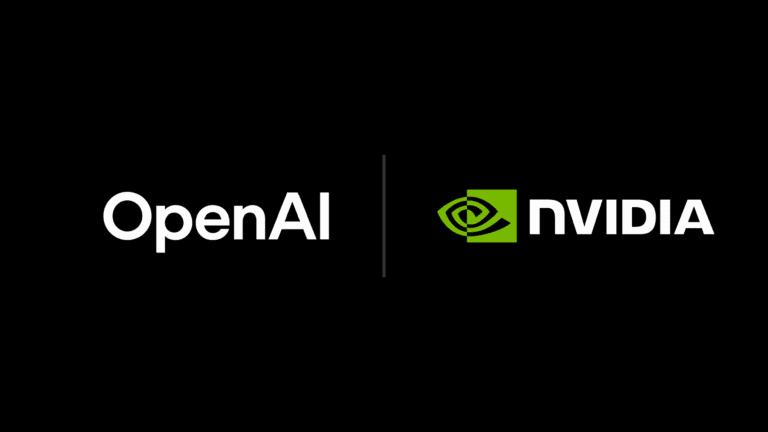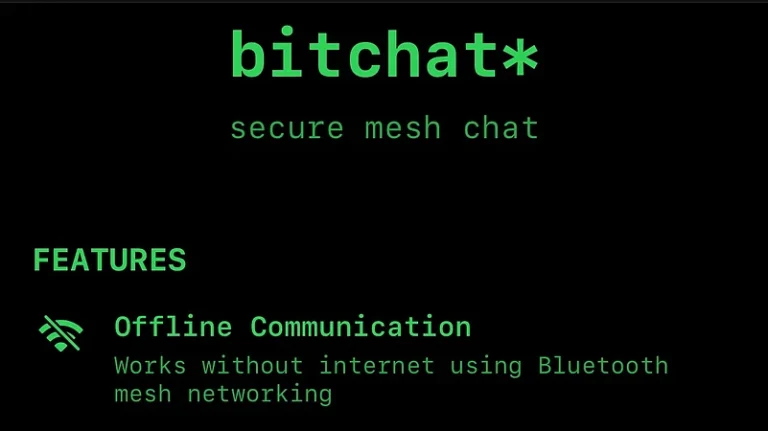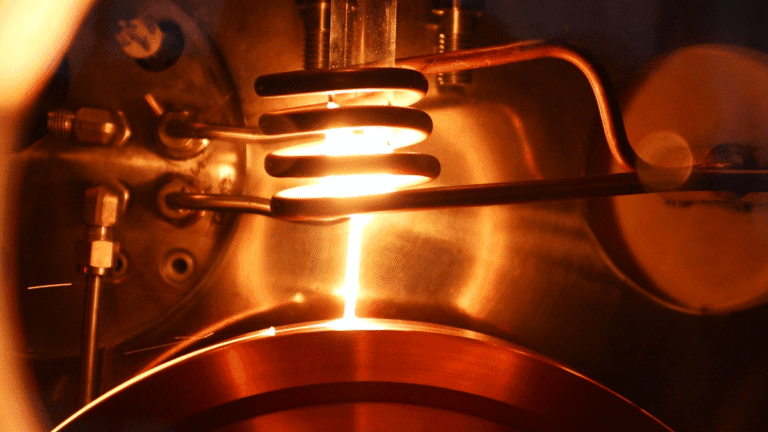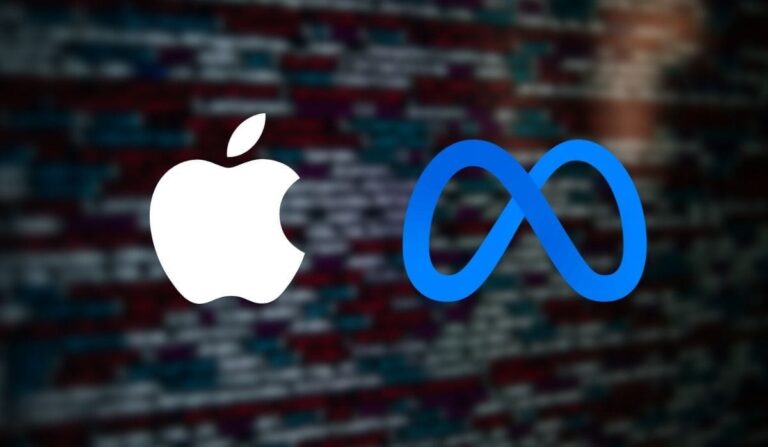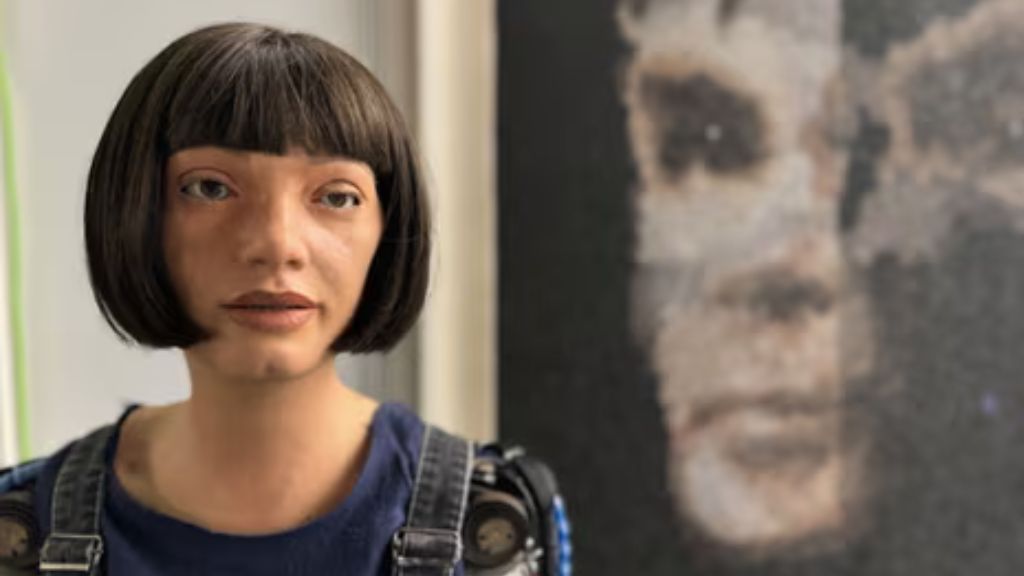
In a groundbreaking moment for the art world, a portrait of British mathematician Alan Turing, created by an AI-powered humanoid robot named Ai-Da, has sold for a staggering $1.08 million at a Sotheby’s auction. This sale marks the first time an artwork by a humanoid robot has been auctioned at a major auction house, heralding a new era where AI intersects with traditional art markets.
The artwork, titled “A.I. God. Portrait of Alan Turing,” was initially estimated to fetch between $120,000 and $180,000. However, it received 27 bids, significantly surpassing expectations. This unexpected high interest reflects not only the novelty of AI-generated art but also the reverence for Alan Turing, known as the father of computer science and artificial intelligence.
Ai-Da, designed to resemble a human woman with a bob haircut, uses a combination of cameras in its eyes, AI algorithms, and a robotic arm to create art. The robot’s creator, Aidan Meller, a former gallerist, has described this project as an exploration of technology’s role in art. “All the greatest artists, if you look in the past, are those that really resonate with the changes and shifts in society and explore that through their artwork,” Meller stated before the auction. “So what better way to do that than to actually have a machine produce the artwork?”
The portrait itself is a large-scale, abstract depiction of Turing, incorporating elements of his WWII codebreaking Bombe Machine in the backdrop. According to the auction house, the work “launches a new frontier in the global art market, establishing the auction benchmark for an artwork by a humanoid robot.” The piece not only celebrates Turing’s legacy but also invites contemplation on the ethical and societal implications of AI, as Ai-Da itself has commented, “The key value of my work is its capacity to serve as a catalyst for dialogue about emerging technologies.”
The sale has sparked discussions across social media and in art circles about the authenticity and value of AI-generated art. Some see it as an evolution of art, while others question the essence of creativity when a machine is involved. However, the high sale price indicates a market acceptance and fascination with the intersection of AI and art.
This auction isn’t just a sale; it’s a statement on how AI can influence traditional domains like art, prompting both excitement and debate. As technology continues to evolve, events like these might become more common, challenging our definitions of art and creativity.
The proceeds from the sale will be reinvested into further developing Ai-Da’s capabilities, according to Meller, who emphasized the continuous improvement of the robot’s technology. This development reflects a broader trend where AI isn’t just a tool but a participant in creative processes.
The sale of “A.I. God. Portrait of Alan Turing” not only marks a historic moment for AI in art but also raises questions about the future role of technology in this centuries-old human endeavor.
